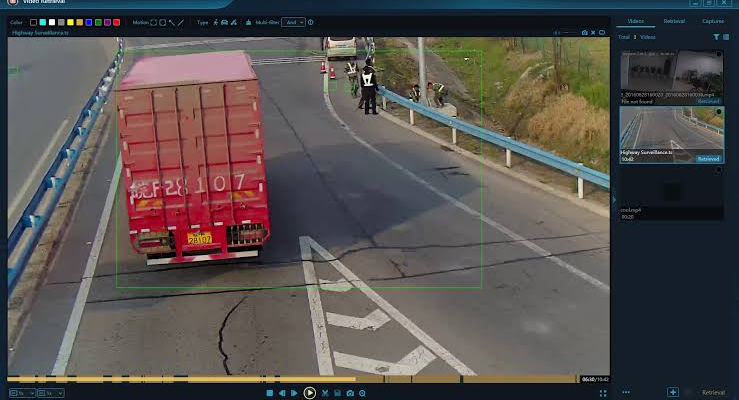In the age of digital media, video content is ubiquitous, spanning from security cameras capturing crucial moments to viral videos shared across social media platforms. However, this proliferation of video content has given rise to a significant challenge: video compression.
As videos are compressed to save storage space and enable efficient streaming, important details can be lost, posing a challenge for forensic experts who rely on accurate visual information. In this article, we will delve into the world of video compression, exploring its impact on forensic analysis and how specialized tools are designed to handle compressed footage.
The Science of Video Compression
Video compression is the process of reducing the file size of a video by removing redundant or non-essential data while retaining visual quality to a certain extent. It involves complex algorithms that analyze and encode the video data in a more efficient manner. One of the most widely used video compression standards is the H.264 (also known as AVC) codec, which is responsible for the compressed videos we often encounter online.
Challenges for Forensic Analysis
Video compression, while efficient for general viewing and streaming, poses challenges for forensic experts. Compressed videos may lack fine details, color accuracy, and sharpness, making it difficult to identify critical visual information, such as facial features or small objects. This is particularly problematic when dealing with legal cases, where even minor details can be of paramount importance.
Additionally, compression artifacts—distortions and anomalies introduced during the compression process—can further complicate forensic analysis. Blocky patterns, blurring, and color discrepancies are common artifacts that can obscure the accuracy of a scene. For example, the compression of a video depicting a crime scene could potentially alter or hide crucial evidence, impacting the outcome of an investigation or court case.

Demystifying Video Compression: How Forensic Tools Handle Compressed Footage
Forensic Tools: Unraveling Compressed Footage
Recognizing the challenges posed by compressed footage, video forensic experts rely on specialized tools and techniques to handle and analyze such content effectively. These tools are designed to enhance and restore the visual quality of compressed videos, allowing experts to uncover crucial details that might have been lost.
Deblurring Algorithms
Deblurring tools can mitigate the blurriness introduced by compression, sharpening edges and enhancing details. These algorithms estimate the original, uncompressed image and then compensate for the blurring effect.
Super-Resolution Techniques
Super-resolution involves using advanced algorithms to upscale the resolution of a compressed video. While this doesn’t recreate lost information, it can provide a clearer and more detailed representation of the scene.
Artifact Removal
Forensic tools often include features to remove or reduce compression artifacts, such as blockiness and color distortions. These tools help restore the original appearance of the video and reduce distractions caused by compression-related anomalies.
Frame Interpolation
Frame interpolation techniques insert new frames between existing ones, effectively increasing the frame rate of a video. This can reduce motion artifacts introduced by compression and enhance the fluidity of the footage.
Enhancement Filters
Enhancement filters are designed to amplify specific visual elements, such as enhancing the contrast or increasing the visibility of low-light scenes. These filters can help reveal details that might have been lost due to compression.
Conclusion
Video compression is a double-edged sword: while it enables seamless streaming and efficient storage, it presents significant challenges for forensic experts tasked with analyzing and interpreting visual information. The loss of details, introduction of artifacts, and potential alteration of evidence in compressed footage can hinder the pursuit of truth in legal investigations.
However, the field of video forensics has evolved to address these challenges head-on. Specialized tools and techniques have been developed to enhance, restore, and analyze compressed videos, enabling experts to uncover hidden details and present accurate visual evidence in court.









Comments